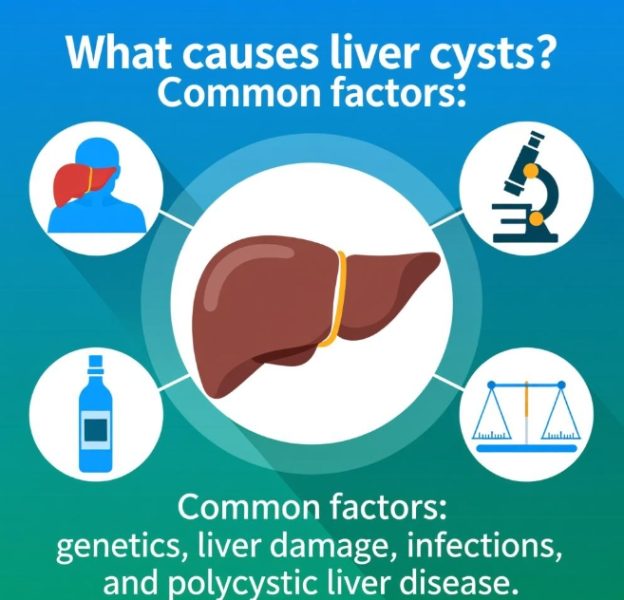Breast cysts are fluid-filled, epithelial-lined cavities that develop within terminal ducto-lobular units under hormonal influence. They may be solitary or multiple and are most prevalent in perimenopausal women. Symptom intensity correlates with cyst size, tension, and associated inflammation.
- Cyclic or non-cyclic mastalgia
A well-localised, dull or throbbing pain that increases during the luteal phase; larger cysts produce constant discomfort unrelated to menses. - Palpable, resilient mass
A smooth, round, mobile lump with distinct borders that may feel fluctuant; tension within the cyst creates a firm “rubber-ball” consistency. - Rapid variation in size
Cysts may enlarge within days and regress spontaneously, distinguishing them from solid tumours that grow progressively. - Transillumination
A discrete, well-circumscribed area of light transmission is visible when examined in a darkened room; this sign is lost when cyst wall calcifies. - Nipple discharge
Clear, serous, or green-brown fluid may be expressed from a single duct; bloody aspirate mandates cytological evaluation to exclude intracystic papilloma or carcinoma. - Tenderness to pressure
Compression against the chest wall or during mammographic paddles elicits sharp pain; spontaneous relief often follows ultrasound-guided aspiration. - Axillary discomfort
Reactive, tender lymph nodes < 1 cm are common; firm or matted nodes require biopsy to exclude concurrent malignancy. - Acute inflammatory episode
Sudden increase in size with erythema and localised heat suggests secondary infection or hemorrhage into the cyst cavity.
| Symptom / Sign | Typical Presentation |
|---|---|
| Mastalgia | Cyclic or constant, well-localised |
| Palpable mass | Smooth, round, mobile, fluctuant |
| Size variation | Rapid enlargement and regression |
| Transillumination | Positive in tense, thin-walled cysts |
| Discharge | Serous/green; blood → cytology |
| Pressure tenderness | Sharp pain, relieved by aspiration |
| Axillary nodes | Tender, small; firm nodes need biopsy |
| Inflammation | Sudden enlargement, erythema, heat |


